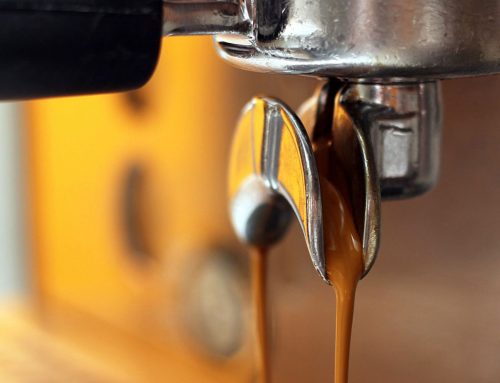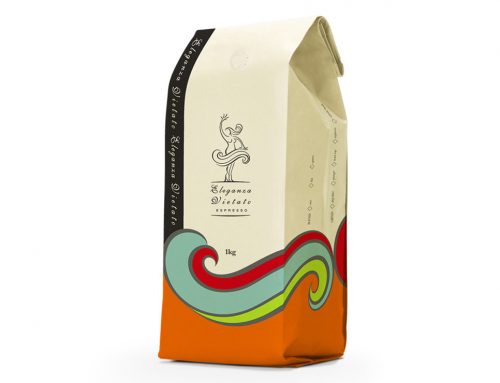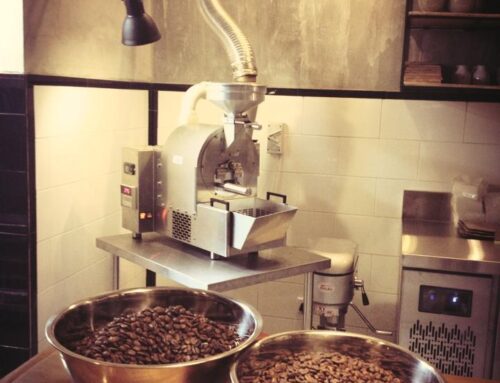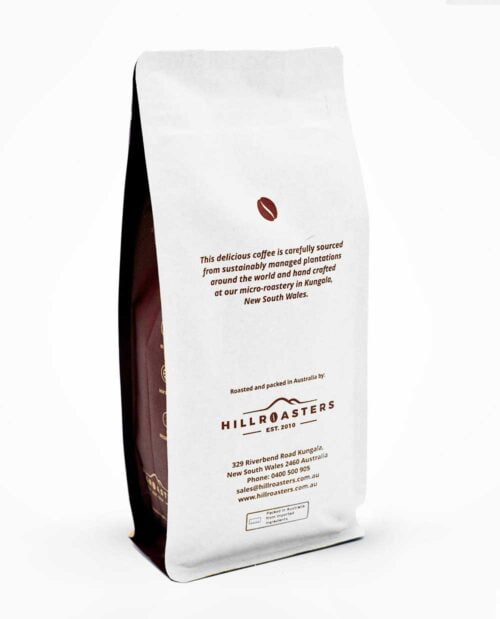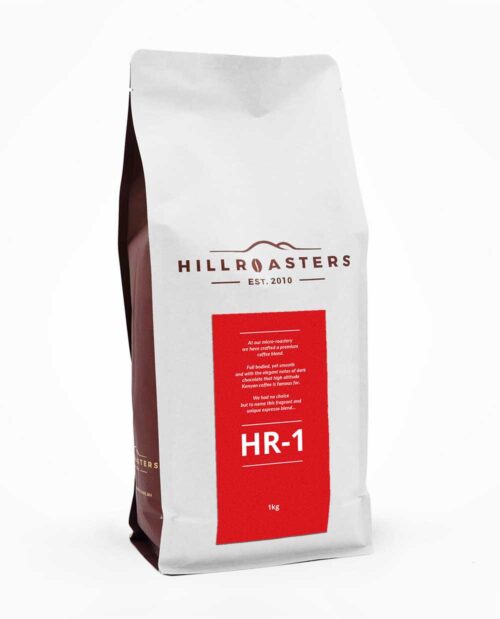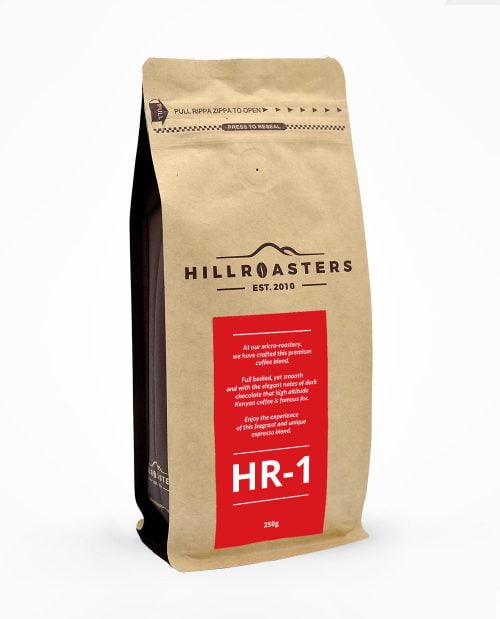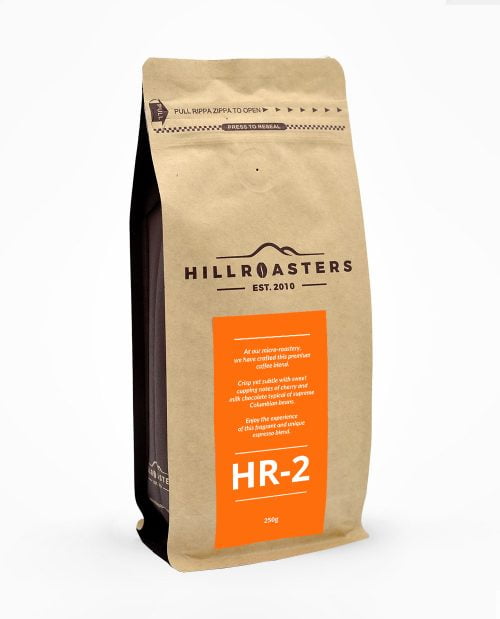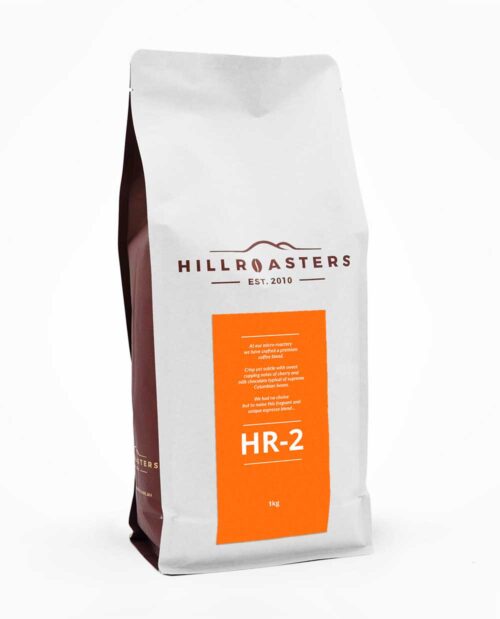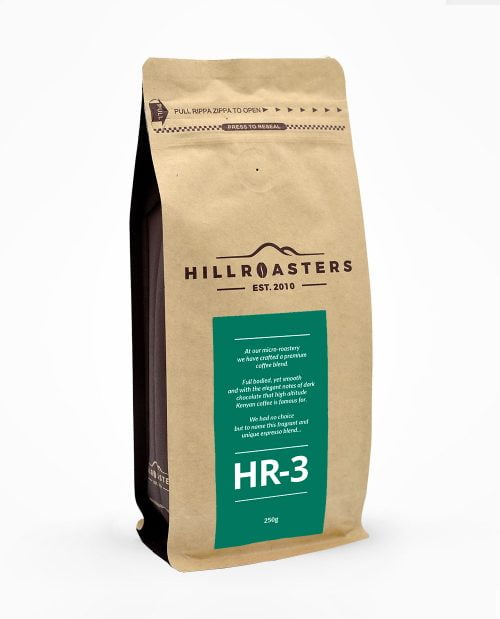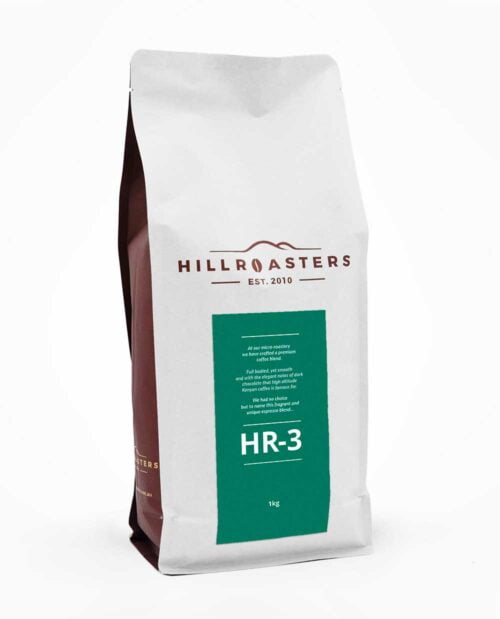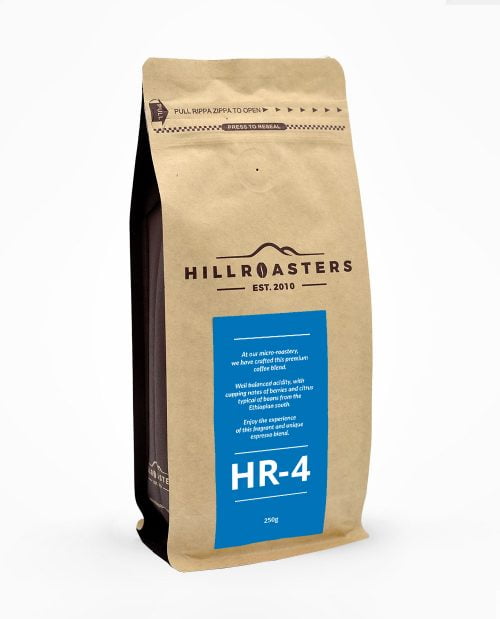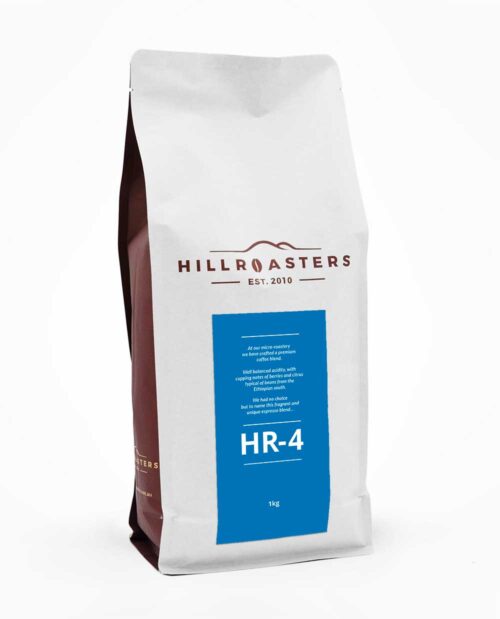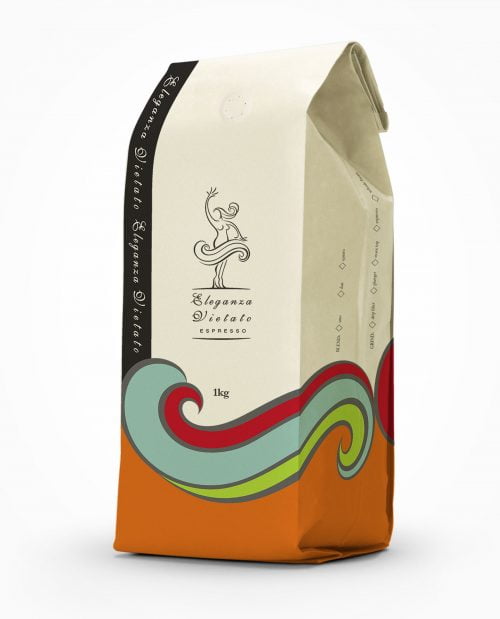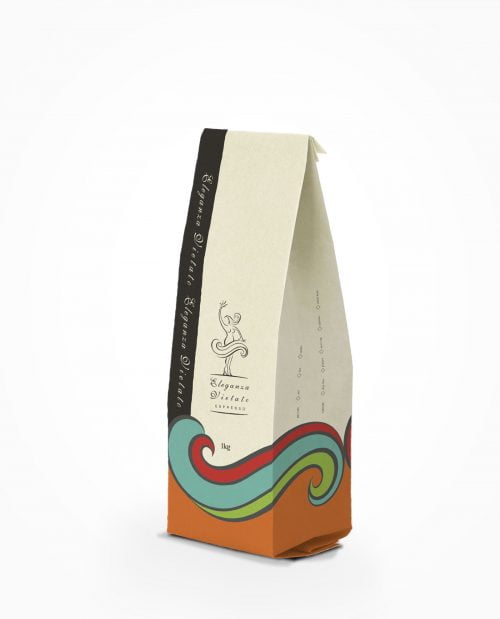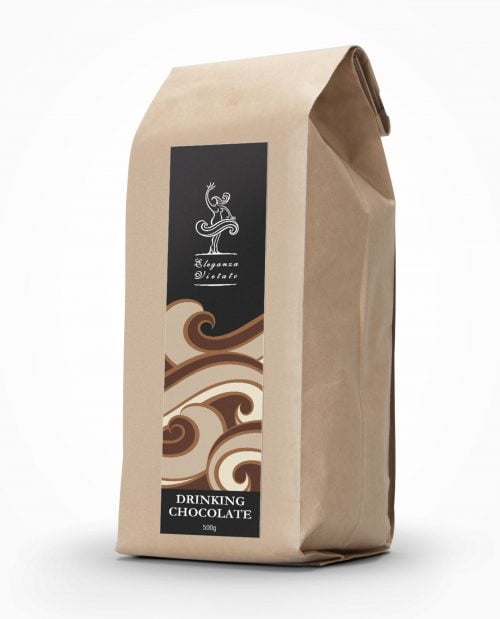So, after much experimentation with different brands and blends, you’ve finally found the perfect roasted coffee bean blend in Hill Roasters Espresso.
Joshua Hill is fanatical (in the nicest way possible) about Coffee and the process of roasting the perfect bean. After much of his own experimentation, substantial capital investment and many, many sleepless nights, Hill Roasters Espresso was born.
Joshua’s meticulous approach ensured that every stage of the process was carefully documented for the purpose of providing you with the most consistent flavour with every batch of Hill Roasters Espresso you purchase.
Now, Joshua would like to impart some of his expert knowledge on how to handle this amazing brew from proper storage and preservation, to preparing the ideal cup and maximizing the flavour every single time.
In this the first of a series on the subject, Joshua shows us how to store the beans.
Joshua says;
“We put a lot of effort into roasting the beans to perfection every time. This involves balancing many variables including heat, moisture and the duration of the roast as well as the distribution or “mass” of the beans as they interact with the equipment. After they’re done, we do our packaging immediately to ensure that true flavour is “locked tight” or “frozen in time”.
From that point on, our mission is to get the beans to our customers in a timely fashion which ensures freshness when they’re consumed.
However, if the beans aren’t handled properly at the consumers’ end, the quality and flavour can degrade. This isn’t an issue for many who prefer to just get their fix, however we’re finding that many of our regular customers come back for more because they’re truly interested in “the art of coffee” and that flavour is highest on their list of what’s important about coffee.
So, I advise my customers with a few simple tips, not only on how to prepare the cup, but also how to store their beans to prevent or slow down the inevitable change in flavour:
- The main challenge is to keep the beans away from moisture, light, heat and air. To do this and for the best results I suggest using an opaque air tight container and keep the beans at room temperature.
- If possible, choose a container that’s big enough to hold the bag that the beans came in and leave them in the bag when you seal it in the container. Coffee really is so sensitive to it’s environment that even pouring them out of the bag into the container will aerate them to some degree and if the air is rich with scents from cooking or even normal background smells, there’s a chance of contamination.
- Make sure the storage container isn’t too big because if it is, you’re also sealing in a fair amount of oxygen every time you access it. The fit (including the bag) should be snug with as little space as possible on all sides.
- I don’t recommend freezing the beans either. This is because most people use their freezers frequently and in doing so, condensation forms in the freezer or when opening the sealed container of beans.
- Pace your usage to maximize freshness by keeping an air tight bag handy and only grinding enough beans for however many cups you’re likely to consume in two or three days. As soon as the beans are ground, the flavour starts to change and while it won’t be noticeable to most, the connoisseur will notice a subtle change between the first and the last cup of batches that are sectioned like this.
- Lastly, keep your equipment spotlessly clean. If you’d taken care to select the right blend or single origin beans and if you’re onto storing them properly, the last part of the process is preparing the brew. Contaminated equipment will simply nullify any benefits of your efforts. Clean cup, clean grip, clean tamper, clean espresso machine, clean everything!
Joshua Hill
Enjoy!”


